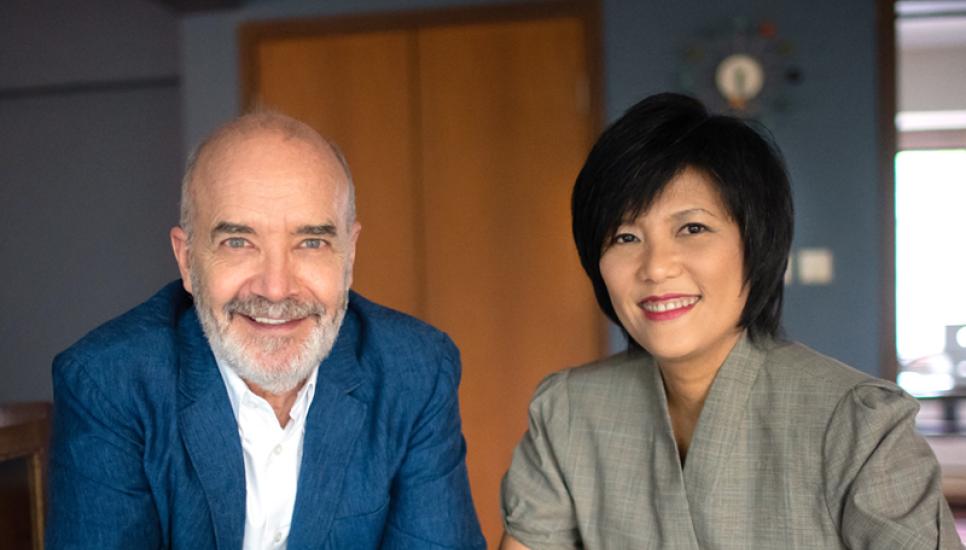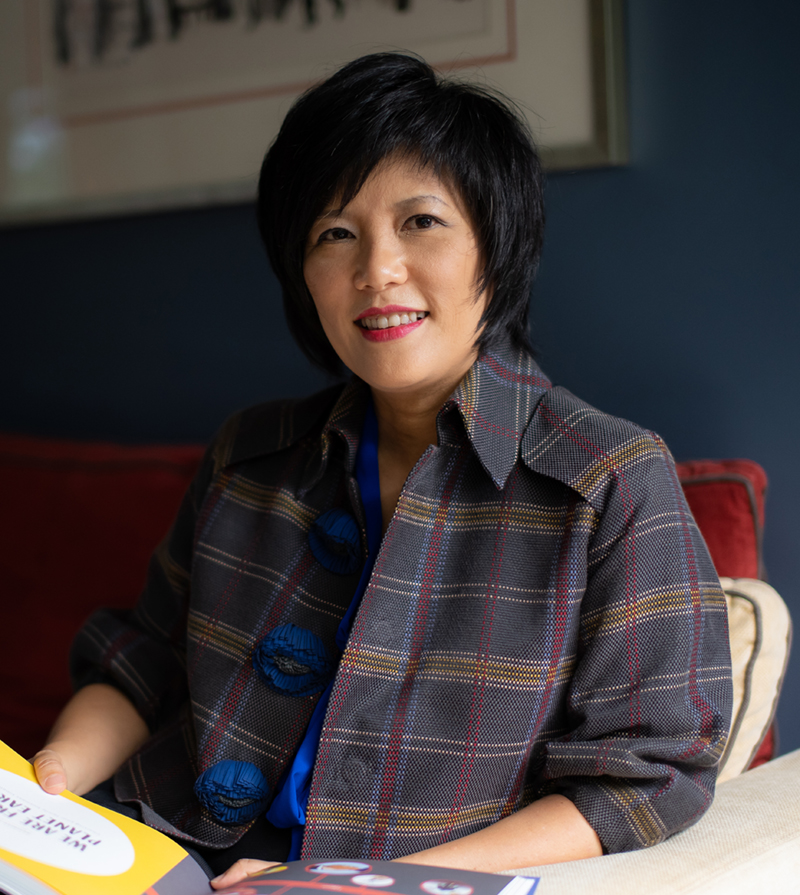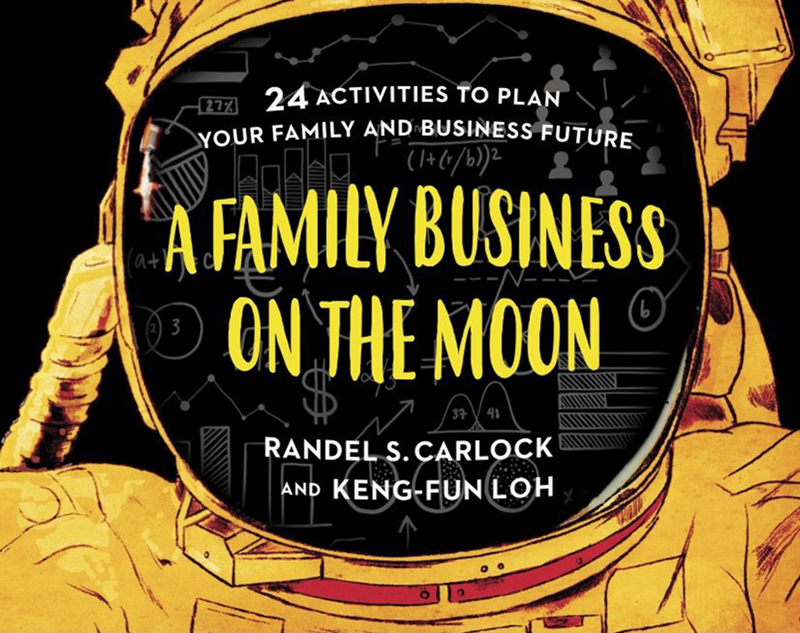Putting the First Family Business on the Moon

Your book, A Family Business on the Moon, has an unusual title—where did the idea come from?
It came from (Canadian third-generation family business) Bata Shoes. They were training with me at INSEAD. We were working on their vision, and one of their sons, Charles, called out: “We’ve got shoe stores all over the world, let’s put one on the moon!” I thought, “What a great title!”
Who did you have in mind when you wrote it?
This book is written for enterprising families so that they can work on it on their own, and then go to their adviser. It has 24 classroom-tested planning activities and more than 70 original artworks to help the families experience and ‘see’ the ideas.
How is the field book used?
Designed to encourage application and experience, each activity is a small yet significant step to create momentum throughout the family and business systems. I have seen for more than two decades that best practices do not work with enterprising families, because each family is unique.
So there are no case studies. Your family issues become a live case study, as you explore your unique situation using the planning tools in this book.
What process does the book take you through?
You decide what your focus and priorities are, based on your own situation.
We use the Parallel Planning Process (PPP), in combination with the online 360° Profiles, to enable multigenerational families to create a planning blueprint to move from values to vision, and from vision to their family and business’s strategy, investment, and governance planning actions.
 How do these 360° assessments work?
How do these 360° assessments work?
The online 360º planning assessments help enterprising families capture data from multiple members on current activities, to guide family discussions and planning. The idea comes from leadership development assessments, where you, your boss, direct reports, and peers, rate your performance. Our 360º Profile participants will each get a feedback report that compares his or her responses with the family average for a shared view of the family’s planning situation. This deals with the single most important issue in family business—making the implicit, what everybody thinks they know, explicit. Because the data comes directly from the family, it also creates psychological ownership.
Finally, are there three key learnings you think families could take out of the book?
First, a shared vocabulary to enable and encourage communication.
Second, they need to align their values, vision, strategy, investment and governance for both family and business.
Third, there is never too much talent in a family. Every family member can contribute, and the family needs to plan for that, and especially, the next generation’s development as leaders, directors, and owners.
 A Family Business on the Moon is published by Global Family Enterprise Advisors.
A Family Business on the Moon is published by Global Family Enterprise Advisors.






